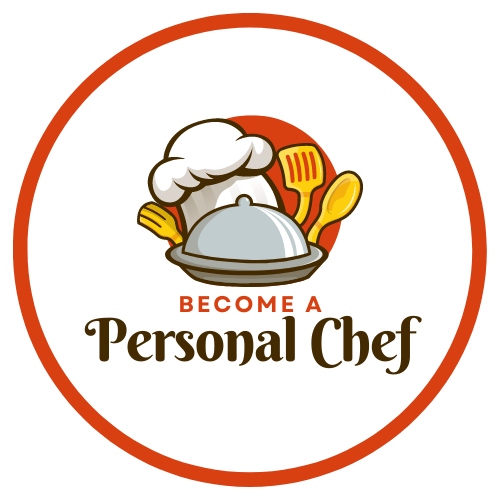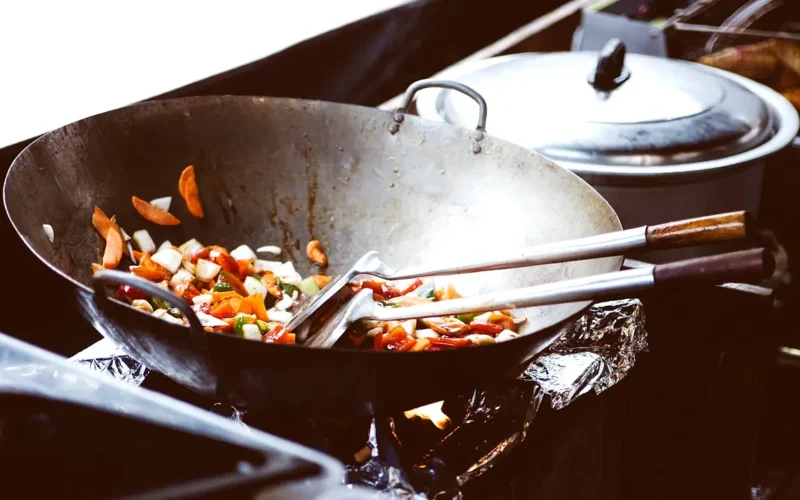Table of Contents
ToggleChinese Food For Personal Chefs
As personal chefs, we have the unique opportunity to travel the world without leaving our kitchens. Today, let’s embark on a culinary journey to China, a country with one of the world’s richest and most diverse food cultures. From the bustling streets of Beijing to the tranquil rice terraces of Guilin, we will discover the flavors and techniques that make Chinese cuisine so beloved worldwide.
Chinese cuisine is a reflection of its vast landscape and long history. With over 5,000 years of culinary tradition, each region in China has its own distinct style of cooking influenced by factors such as climate, geography, and cultural heritage. The northern part of China favors wheat-based dishes like noodles and dumplings while the south leans towards rice-based dishes with an emphasis on seafood.
So put on your apron and get ready to chop, stir-fry, and steam your way through this delicious adventure. Chinese Food For Personal Chefs!
Aspiring personal chefs need to offer something different than traditional chefs who specialize in one or two kinds of cuisines. I’ve written an extensive article with links to many cuisines for your consideration – World Cuisine for Personal Chefs
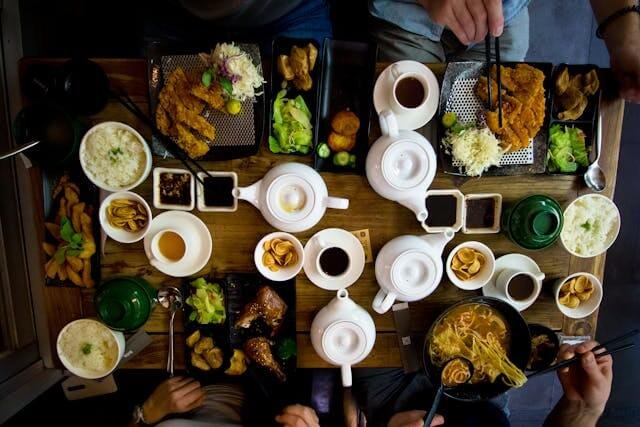
Key Ingredients in Chinese Cuisine
Chinese cuisine is known for its depth of flavor and the variety of ingredients used. Some of the key ingredients include ginger, garlic, scallions, light soy sauce, dark soy sauce, oyster sauce, dried mushrooms, and Sichuan peppercorns. Other essentials include Shaoxing rice wine, black vinegar, and white pepper powder.
One staple ingredient that can be found in almost every Chinese dish is rice. This simple grain is a staple in Chinese cuisine and is often used to create hearty dishes such as fried rice, congee, and sticky rice. The type of rice used can vary from region to region, with long-grain jasmine rice being a popular choice in Southern China while short-grain glutinous rice is preferred in the North.
Another key component of Chinese cuisine is the use of fresh and seasonal ingredients. This emphasis on using local produce ensures that each dish is bursting with flavor while also promoting sustainability and supporting local farmers. From crisp vegetables like bok choy and snow peas to tender meats like pork and beef, every ingredient in Chinese cooking plays an integral role in creating balanced and flavorful dishes.
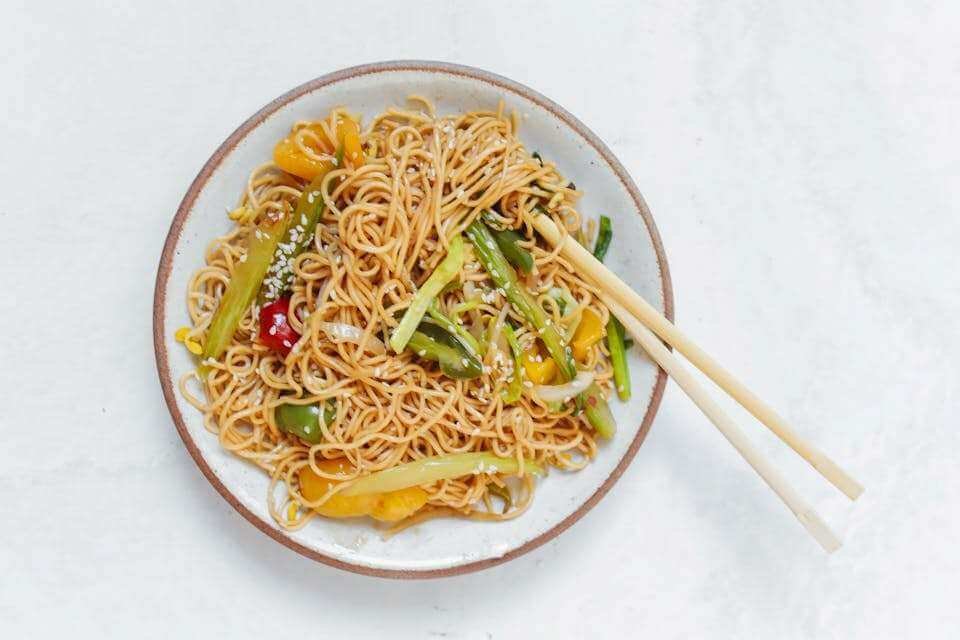
Sourcing Ingredients Locally
While some of these ingredients can be easily found in local supermarkets, others might require a trip to a specialty Asian grocery store. If certain ingredients are not available locally, you can find substitutes that provide similar flavors. For instance, dry sherry can be used as a substitute for Shaoxing wine. However, whenever possible, it is best to source ingredients from local farms and markets.
At The Organic Personal Chef, we believe in supporting our local community and promoting sustainable practices. That’s why we make an effort to source the majority of our ingredients from small-scale local farms and producers. By doing this, not only are we able to provide our clients with the freshest and highest quality ingredients, but we are also supporting the farmers who work hard to produce them.
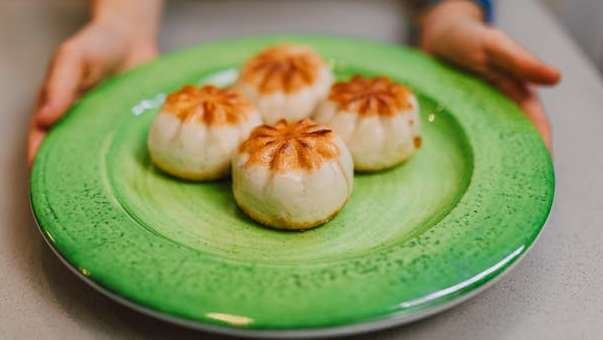
Traditional Cooking Methods
Chinese cuisine employs a variety of cooking methods, including stir-frying, steaming, boiling, and braising. Stir-frying, which quickly cooks ingredients in a small amount of very hot oil, is particularly common. This method locks in the flavors and nutrients of the ingredients, resulting in a vibrant and flavorful dish.
Steaming is another common cooking method in Chinese cuisine. It involves cooking food over boiling water, either in bamboo steamers or metal steamers. Steaming is a healthier option as it does not require any oil and helps to retain the natural juices of the ingredients.
Boiling, also known as blanching, is used to cook vegetables quickly while retaining their vibrant colors and crispness. This method is often used for making soups and broths.
Braising is a slow-cooking method that involves simmering food in liquid over low heat for an extended period of time. This results in tender and flavorful meat dishes that are popular in Chinese cuisine.
Stir-frying is one of the most well-known cooking techniques in Chinese cuisine. It involves quickly cooking small pieces of food over high heat, while constantly stirring and tossing them in a wok or pan. This method allows for quick and even cooking, resulting in dishes with a perfect balance of textures and flavors.
Lastly, deep-frying is a popular method used to cook crispy and crunchy dishes such as spring rolls and dumplings. It involves submerging food in hot oil until it becomes golden brown and crispy on the outside.
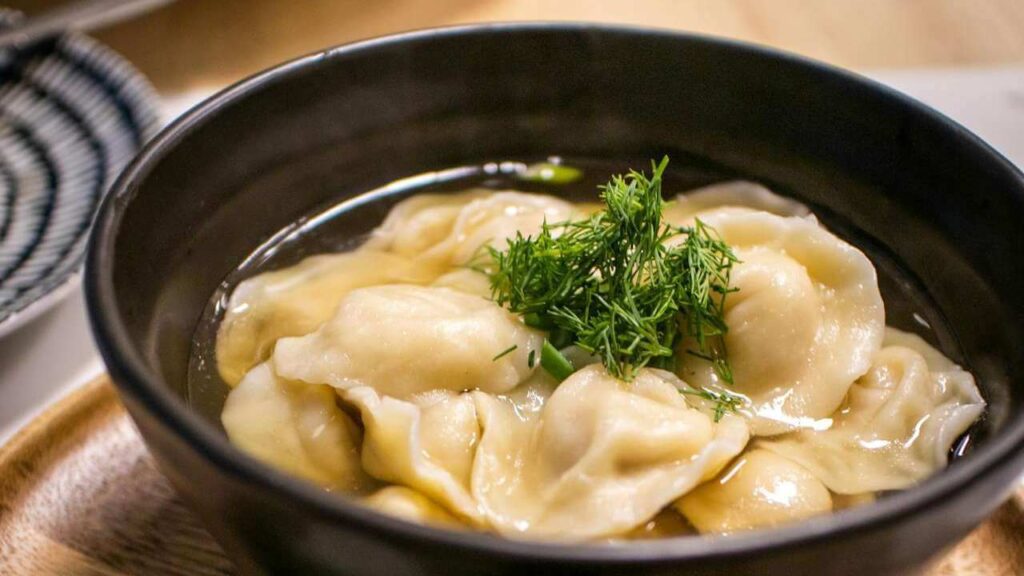
Dominant Flavors of Chinese Cuisine
Chinese cuisine is characterized by a delicate balance of flavors. It often combines sweet, sour, salty, bitter, and spicy elements to create complex and layered taste profiles. This balance of flavors is what makes Chinese cuisine so appealing and memorable to many food lovers.
One of the most dominant flavors in Chinese cooking is soy sauce. Made from fermented soybeans, this dark, salty condiment adds depth and umami to dishes. It is used in marinades, stir-fries, dipping sauces, and as a finishing touch for flavor enhancement.
Another key ingredient in Chinese cuisine is sesame oil. This fragrant oil is made from toasted sesame seeds and brings a nutty aroma to dishes. It is commonly used as a finishing oil for added flavor and can also be used in marinades or dressings.
Ginger is another staple ingredient in Chinese cooking. Its warm and spicy notes add depth and heat to a dish without overpowering other flavors. It is commonly used in stir-fries, soups, and marinades.
Garlic also plays a significant role in Chinese cuisine. Its pungent flavor adds depth and complexity to dishes. It can be used chopped, minced, or pressed for different levels of intensity. Garlic is often used in sauces, marinades, and stir-fries.

Spice Level Adjustment
While some Chinese dishes can be quite spicy, especially those from regions like Sichuan, the spice level can usually be adjusted to suit your client’s preference by using fewer chilies or less chili oil. However, it is important to remember that some dishes are meant to be spicy and reducing the spice level too much may compromise their authentic taste.
If your client enjoys a spicier dish, you can suggest adding more chili or chili oil for a stronger kick. On the other hand, if they prefer milder flavors, you can recommend using less chili or opting for non-spicy versions of certain dishes.
It is also worth mentioning that not all spices necessarily add heat to a dish. In fact, many Chinese spices such as ginger, star anise, and Sichuan peppercorns contribute unique flavor profiles without being overly spicy. So don’t be afraid to experiment with different combinations of spices to find the perfect balance for your client’s palate.
Cultural Significance of Chinese Cuisine
Food plays a central role in Chinese culture and is often associated with symbolism and tradition. For example, dumplings are traditionally eaten during the Lunar New Year as they symbolize wealth and prosperity. Roast duck is a popular dish during celebrations as it symbolizes happiness and fidelity. This emphasis on symbolism in Chinese cuisine reflects the importance of food in daily life and special occasions.
Chinese cuisine also has a rich history that dates back thousands of years. The earliest recorded recipe can be traced back to the 5th century BC, and many cooking techniques and ingredients have been passed down through generations. Each region of China has its own distinct culinary style, with variations in flavors, ingredients, and cooking methods. This diversity is a result of China’s vast size and diverse landscapes, which have influenced the availability of different types of produce and proteins.
One key aspect of Chinese cuisine is its emphasis on balance and harmony.
Dietary Considerations
When preparing Chinese cuisine, it’s important to consider dietary restrictions or allergies. Many Chinese dishes can be made vegetarian or vegan-friendly by substituting meat with tofu or vegetables. Gluten-free options can also be easily made by using gluten-free soy sauce or rice noodles. It’s always a good idea to communicate any dietary needs to your personal chef so they can create a menu that meets your specific requirements.
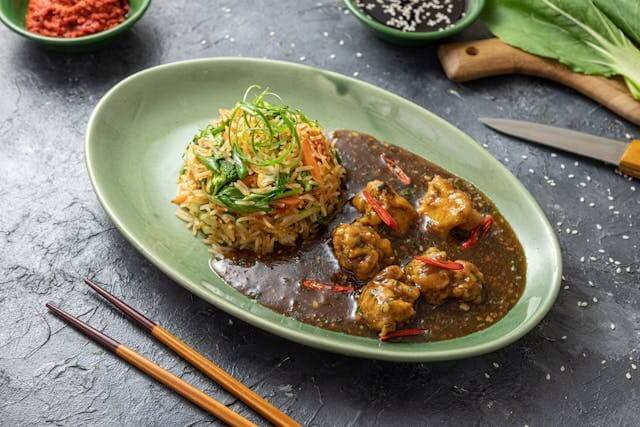
Health Considerations
While some Chinese dishes can be high in sodium and fat, there are plenty of options for healthier modifications. For instance, you can reduce the amount of oil used in stir-frying, or use low-sodium soy sauce. You can also opt for steamed dishes instead of fried, and choose lean proteins like chicken or tofu.
Another important consideration is the use of fresh ingredients. At The Organic Personal Chef, we prioritize using locally sourced, organic produce to ensure maximum freshness and nutrients in our Chinese cuisine. This not only benefits your health but also supports sustainable farming practices and contributes to the local economy.
Additionally, many traditional Chinese herbs and spices have medicinal properties that can benefit overall health and wellness. For example, ginger has anti-inflammatory effects and can aid in digestion, while garlic contains antioxidants that can boost immunity.
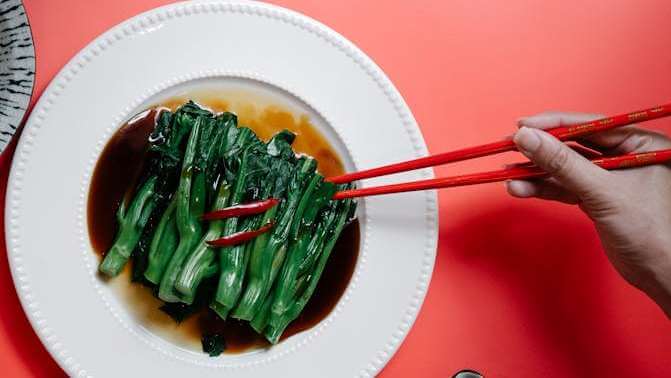
Traditional Accompaniments
Chinese meals often include a variety of dishes accompanied by rice or noodles. Tea is commonly served with meals, and fruit is a typical dessert. Some popular traditional accompaniments in Chinese cuisine include:
Bok Choy: This leafy green vegetable is commonly used in stir-fries and soups. It has a mild flavor and a crisp texture, making it a popular side dish.
Tofu: A staple in vegetarian dishes, tofu is made from soybean curds and can be cooked in various ways – fried, grilled, or added to soups and stews.
Dumplings: These bite-sized pockets of dough filled with meat or vegetables are a delicious addition to any meal. They can be boiled, steamed or pan-fried.
Spring Rolls: Another popular appetizer or side dish, spring rolls are made by rolling up vegetables and
Presentation
In Chinese cuisine, the presentation is just as important as the taste. Dishes are often colorfully decorated with vegetables and garnishes, and served in a way that promotes sharing. This idea of communal dining is meant to bring people together and create a sense of unity. The same concept applies to my personal chef services – not only do I strive to create delicious and healthy meals, but also to present them in an inviting and visually appealing manner.
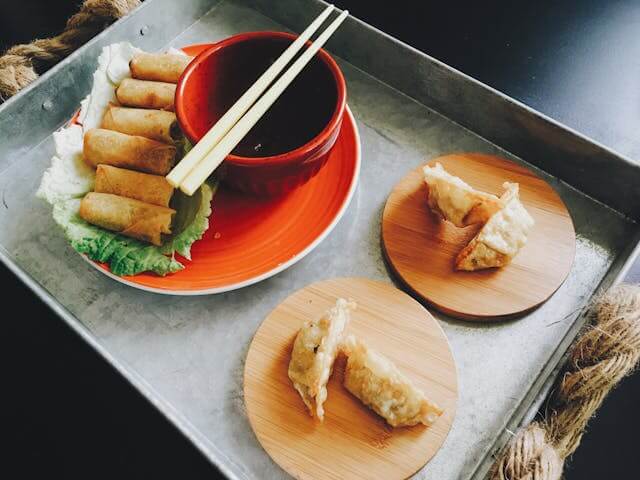
Common Variations
China’s vast geography and diverse cultures have resulted in a wide range of regional cuisines, each with their unique flavors and ingredients. For example, Sichuan cuisine is known for its bold, spicy flavors, while Cantonese cuisine is characterized by its light and fresh tastes. In this article, we will explore some of the most common variations of Chinese cuisine.
Sichuan Cuisine
Sichuan cuisine is one of the most well-known regional cuisines in China and is characterized by its fiery spicy flavors. This style of cooking originated from the Sichuan province in southwestern China and uses a variety of spices such as Sichuan peppercorns, chilies, and garlic to create bold and complex dishes. Some famous dishes from this region include Kung Pao chicken, Mapo tofu, and Dan Dan noodles.
Cantonese Cuisine
Cantonese cuisine is another popular variation of Chinese food that originated from the Guangdong province in southern China. This style of cooking focuses on using fresh ingredients and preserving the natural flavors of the food. Cantonese dishes are often light and healthy, with a balance of sweet, sour, and savory flavors. Some classic Cantonese dishes include dim sum, roast duck, and steamed fish.
Shandong Cuisine
Shandong cuisine is known for its hearty and flavorful dishes that originated from the eastern coastal province of Shandong. This style of cooking uses a variety of cooking techniques such as frying, braising, and stewing to create rich and flavorful dishes. Shandong cuisine also incorporates seafood heavily into their dishes due to its location near the ocean. Some famous Shandong dishes include sweet and sour carp, braised sea cucumber, and fried oyster pancakes.
Huaiyang Cuisine
Originating from the Jiangsu province in eastern China, Huaiyang cuisine is known for its delicate and elegant flavors. This style of cooking focuses on highlighting the natural flavors of ingredients and uses precise cutting techniques to create visually appealing dishes. Some popular Huaiyang dishes include braised pork belly with preserved vegetables, crispy fried duck, and steamed crab.
Shanghainese Cuisine
Originating from the city of Shanghai in eastern China, Shanghainese cuisine is characterized by its sweet and savory flavors. Sugar is commonly used in this style of cooking to balance out the strong umami flavors found in many dishes. Some popular Shanghainese dishes include braised pork belly, soup-filled dumplings (xiao long bao), and drunken chicken.
Taiwanese Cuisine
Taiwanese cuisine has influences from Fujian province in southern China as well as Japan and other Southeast Asian countries. This unique blend of cultures has resulted in a diverse range of dishes that are both flavorful and creative. Some popular Taiwanese dishes include beef noodle soup, oyster omelette, and stinky tofu.
Hunan Cuisine
Similar to Sichuan cuisine in terms of spiciness, Hunan cuisine also incorporates a variety of ingredients such as garlic, shallots, and ginger for added flavor. However, unlike Sichuan cuisine which focuses more on creating a numbing sensation, Hunan dishes aim for a balance of spiciness and sourness. Must-try dishes include spicy beef, steamed fish in chili sauce, and dry-fried green beans.
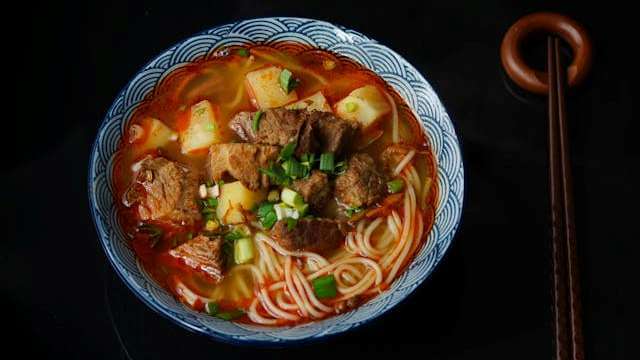
Preparation and Equipment
Some Chinese dishes do require specific equipment, like a wok for stir-frying or bamboo steamers for dumplings. Additionally, certain elements of a dish may need to be prepared ahead of time, such as marinating meat or soaking dried mushrooms. It is important to have all necessary equipment and ingredients on hand before beginning a Chinese cooking adventure.
When it comes to preparation, timing can be crucial. Chinese cuisine often involves quick cooking techniques at high heat, so it’s important to have all ingredients chopped and ready to go before starting the cooking process. This includes having sauces and seasonings measured out and ready to add in at the appropriate time.
One key aspect of Chinese cooking is the emphasis on fresh, seasonal ingredients. This means that recipes may vary depending on what produce is available at the time. Don’t be afraid to substitute different vegetables or proteins in a recipe based on personal preference or seasonal availability.
Another important factor in Chinese cuisine is balance. Traditional Chinese meals strive for a balance of flavors, textures, and colors. This means incorporating a mix of sweet, sour, salty, and spicy flavors in each dish. It also means using a variety of cooking methods such as stir-frying, steaming, and braising to create different textures in the same meal.
In addition to balance, presentation is also highly valued in Chinese cuisine. The saying “we eat with our eyes first” rings true here. Dishes are often arranged on a plate to create a beautiful display of colors and shapes.
Chinese cuisine is not just about the food itself, but also about the communal aspect of sharing a meal. In many Chinese households, it is common for dishes to be placed in the center of the table and shared family-style. This creates a sense of togetherness and allows everyone to try a variety of dishes.
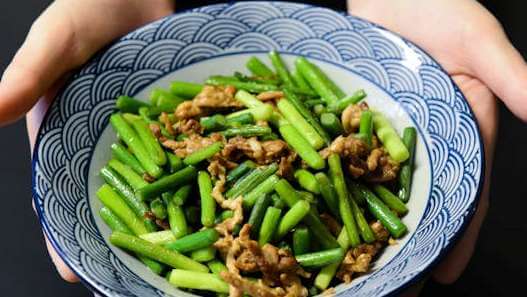
Personalizing Chinese Cuisine
Personalizing Chinese dishes while maintaining authenticity can be achieved by adjusting flavors to suit personal preferences, substituting ingredients based on dietary needs, or presenting dishes in creative ways.
As a personal chef, I am dedicated to creating personalized Chinese cuisine that not only satisfies your taste buds but also caters to your specific needs. This means incorporating fresh, organic ingredients and utilizing traditional Chinese cooking techniques while adapting to modern dietary restrictions.
One of the ways I personalize Chinese dishes is by adjusting flavors. Chinese cuisine is known for its bold and complex flavors, achieved through the use of various sauces and spices.
However, not everyone enjoys the same level of spiciness or sweetness in their food. That’s why I always make sure to discuss with my clients their preferred flavor profiles before preparing their meals. By doing so, I can adjust the amount of spice or sweetness in each dish according to their liking, ensuring that every bite is enjoyable and satisfying.
In addition to accommodating different taste preferences, I also take into consideration any dietary restrictions or allergies. As a personal chef, I understand the importance of providing meals that are not only delicious but also safe for individuals with dietary restrictions.
Whether it’s gluten-free, dairy-free, or vegetarian/vegan options, I am well-versed in creating dishes that meet these requirements without compromising on flavor.
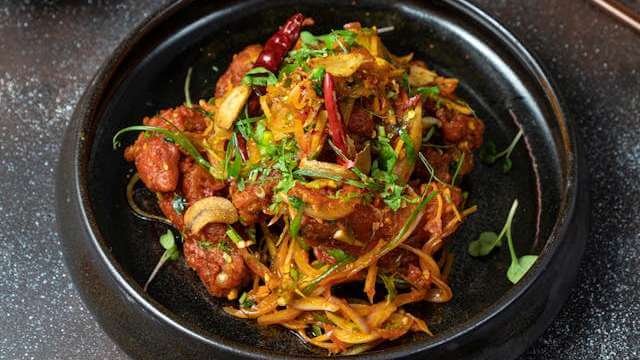
Chinese Food For Personal Chefs
In conclusion, exploring and cooking Chinese cuisine offers a rich and rewarding culinary adventure. By understanding its key ingredients, techniques, and cultural significance, we can bring the authentic taste of China to our clients’ dining tables.
Here are some of my favorite tools for providing my personal chef service
As an experienced personal chef, I’ve found that the secret to creating mouthwatering dishes goes beyond just having a passion for food. It’s also about using the right kitchen tools. Today, I’m going to share with you my must-have kitchen items that help me bring my culinary creations to life.
1. Chef’s Knife
The first item on my list is a high-quality chef’s knife. It’s the most versatile tool in my kitchen, perfect for chopping, slicing, and dicing. My preference is for a Global Chef’s Knife, known for the edge and the way they are balanced.
2. Cast Iron Skillet
Next up is a good old cast-iron skillet. From searing steaks to baking cornbread, this pan does it all. I love the Lodge Cast Iron Skillet, which retains heat beautifully and adds a nice crust to anything you cook.
3. Stainless Steel Pots and Pans
A set of stainless steel pots and pans is essential for a variety of cooking techniques. They’re great for simmering, boiling, and sautéing. All-Clad’s Stainless Steel Cookware Set is my go-to choice for its exceptional performance and durability.
4. Immersion Blender
An immersion blender makes pureeing soups, making smoothies, and blending sauces a breeze. I suggest the Braun Multiquick Hand Blender, which is powerful, easy-to-clean, and highly versatile.
5. Digital Thermometer
To ensure perfectly cooked meats every time, a digital thermometer is a must. The ThermoPro TP19 Waterproof Digital Meat Thermometer provides speedy and accurate readings, ensuring your roast chicken or prime rib is cooked to perfection.
6. Silicone Spatula
A silicone spatula is a chef’s best friend for its versatility. It’s heat-resistant, non-stick, and perfect for everything from folding batter to stirring sauces. I recommend the OXO Good Grips Silicone Spatula.
7. Stand Mixer
Lastly, for avid bakers, a stand mixer is a game-changer. The KitchenAid Artisan Series 5-Qt. Stand Mixer isn’t just a pretty face; it makes mixing doughs and batters effortless.
These are the tools that I use daily in my personal chef service. Remember, quality tools make a difference, but they don’t have to break the bank. Start with the basics and add on as you grow more comfortable and adventurous in the kitchen.
Happy cooking!
